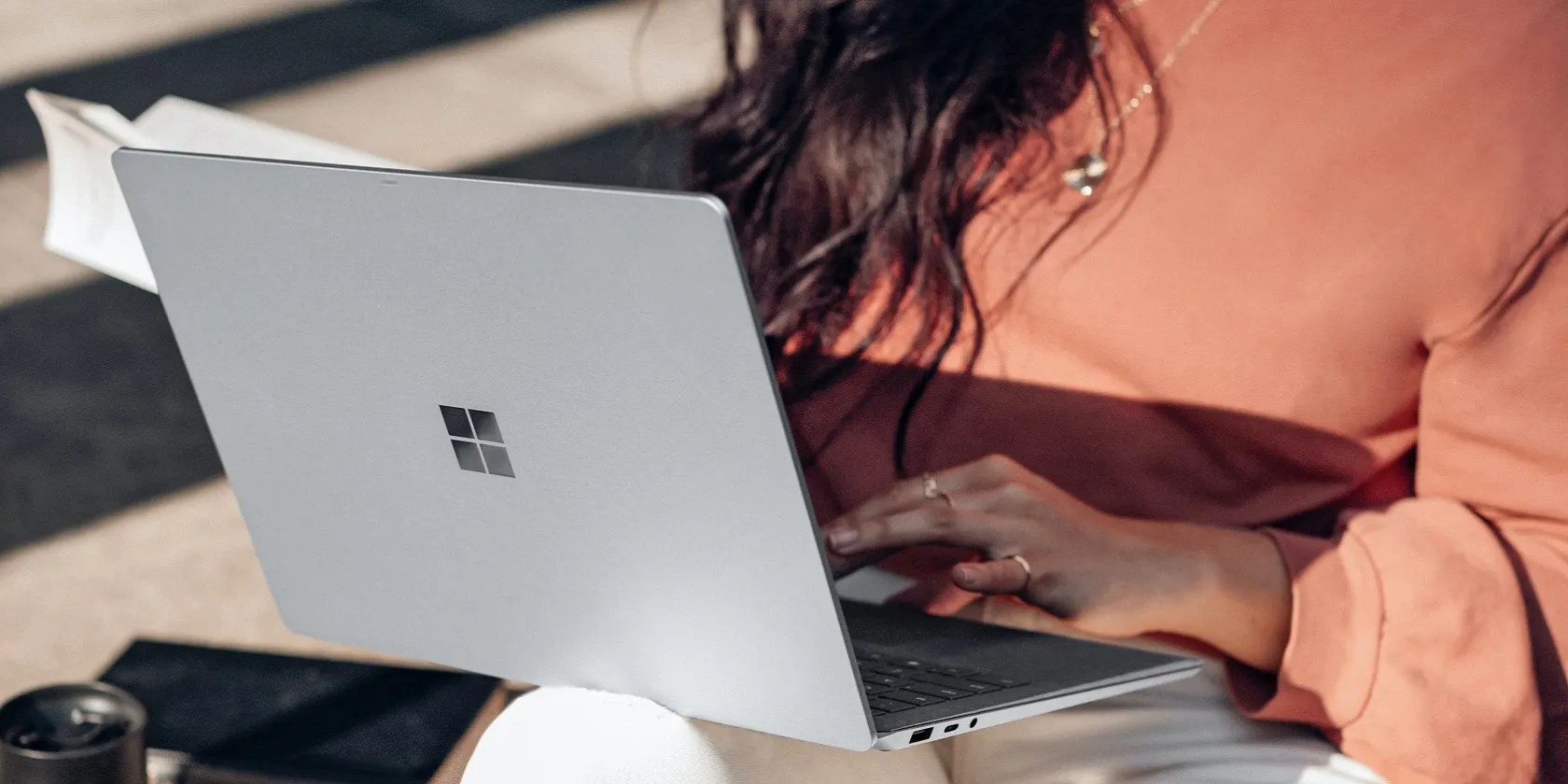10 Ways to Open the Disk Defragmenter on Windows
Ever heard of disk defragmentation (disk defrag) before? It’s a really handy process that arranges the files on your hard drive so that they’re close to each other. Once your data is organized through this process, your device should be able to read it with ease, thus improving your PC’s performance.
To perform a disk defrag, you have to use the Disk Defragmenter app. In this article, we’ll show you how to open Disk Defragmenter so you’re able to get your drive in gear.

1. Use the Start Menu Search Bar
The Start menu search bar makes it easy for you to access almost any app on your Windows device. So, here’s how you can use this tool to open the Disk Defragmenter app:
2. Use the Run Command Dialog Box
Alternatively, it’s possible to access the Disk Defragmenter app using the Run command dialog box.
Here are the steps you need to follow:

you may alsoaccess your third-party apps using the Run command dialog box.
3. Use the Start Menu
The Windows Start menu also makes it easy for you to access the apps on your device. So, let’s check out how you can use it to open the Disk Defragmenter app:
4. Use the File Explorer Address Bar
You probably use File Explorer every day to manage your files. We talked about it quite a lot in ourtips for managing and organizing your computer files. Now, the good news is that you can also use the tool’s address bar to open various apps.
Here’s how you can open the Disk Defragmenter app using File Explorer’s address bar:

5. Use the System Settings
The system settings can help you troubleshoot almost any issue on your Windows device. Interestingly, you could also use the system settings to open the software programs on your PC.
Here are the steps for opening the Disk Defragmenter app using the system settings:

6. Use the Task Manager
The Task Manager helps you analyze PC performance or force close problematic programs. Now, the best part is that you can also use this tool to access almost any app on your Windows device.
Here’s how you can open the Disk Defragmenter app using the Task Manager:

Speaking of the Task Manager, did you know there areways to force close a program without the Task Manager?
7. Use the Control Panel
The Control Panel can help you troubleshoot various PC issues or access most of your apps.
Here’s how you can use this tool to open the Disk Defragmenter app:
8. Use the Command Prompt or PowerShell
The Command Prompt and PowerShell are reliable when it comes to troubleshooting PC issues or configuring system settings. Now, you’d be glad to know that these tools can also help you open various apps.
Here’s how it’s possible to open the Disk Defragmenter app using the Command Prompt:
Now, let’s check out how you can open the Disk Defragmenter app using PowerShell:
9. Search for the Recovery Drive App in the System32 Directory
you’re able to access most of the apps on your device by clicking on the relevant files in the Windows System32 folder.
Here’s how you can open the Disk Defragmenter app from the System32 folder:
If you want to make the Disk Defragmenter app easily accessible, then you should consider pinning it to the taskbar. To do that, right-click on theDefragfile in the System32 folder and then selectPin to taskbar.
10. Use the Disk Defrag Desktop Shortcut
Desktop shortcuts make it easy for you to access the apps on your PC. So, let’s check out how you may create a desktop shortcut for the Disk Defragmenter app:
From there, click theNamebox and typeDisk Defrag Appor something similar. Finally, press theFinishbutton.
Now you can easily open the Disk Defragmenter app any time using the desktop shortcut you’ve just created.
Accessing the Disk Defragmenter App Is Quite Easy
If you want to improve your PC’s performance, then you should consider organizing your files on a regular basis. Now, the Disk Defragmenter app is the best tool for organizing your PC data.
If you want to access the Disk Defragmenter app, then try any of the methods we’ve covered. But if this tool gives you issues, then you need to check out some third-party alternatives.
Keep your PC running smoothly by regularly defragmenting your hard drives. Here are free tools worth trying.
My foolproof plan is to use Windows 10 until 2030, with the latest security updates.
Not Linux, not Windows. Something better.
Some subscriptions are worth the recurring cost, but not these ones.
Your iPhone forgets what you copy, but this shortcut makes it remember everything.
Don’t let aging hardware force you into buying expensive upgrades.